Preservation Dayton, a longstanding organization which already has a track record of success for local historic preservation, is stepping up its efforts with a new initiative, the Endangered Properties Fund.
Each year, a committee selects a list of the city’s ten most endangered properties, and now a fundraising component through tax deductible donations aims to “proactively stabilize and/or obtain control of these properties to prevent them from being lost forever.”
The organization is currently taking nominations until March 31 for its Most Endangered Properties list. In order to qualify, the property should be at least 50 years old and demonstrate one of the following characteristics of significance:
- be associated with individuals, groups, events, or trends that have made a significant contribution to Dayton’s history
- retain distinctive features of a type, period or method of construction; or represent exceptional work of an architect(s) or craftsmen, or possesses high architectural or artistic value
- retain its historic integrity exhibited by its location, setting, design, materials, workmanship, association
With such a wide variety of vacant or neglected buildings all around Dayton, choosing just a few to prioritize is not an easy task.
Many have nominated residential properties, including the long neglected Traxler Mansion and the Pretzinger House. I certainly agree with those selections, as Dayton has lost far too many of its significant historic homes and many more survive in a precarious state.
But to me the situation is far more dire for Dayton’s 19th and early 20th century commercial architecture, a building type that itself could be called endangered outside of a couple small areas of town.
In the middle of the 20th century as Daytonians increasingly moved to suburban areas and did their shopping there, countless beautiful old commercial structures downtown and in the older city neighborhoods met the wrecking ball.
In some cases entire bustling blocks were leveled for urban renewal projects. In others, retail stores closed down, no one else moved in, and their buildings suffered the gradual demise of demolition by neglect.
We may have learned the errors of our approach to large-scale urban renewal in the 50s and 60s, but old commercial blocks continue to get bulldozed without a second thought today.

Just last year Preservation Dayton lamented the loss of the old Becker’s Market building at 860 Brown Street, which had been the only survivor from what was once a dense commercial area.
Entire blocks of Brown have been razed by Miami Valley Hospital in recent years, and the situation has repeated itself in other areas of Dayton. On the west side, the once thriving “Nickel” entertainment district is almost entirely vacant land, with its buildings coming down gradually starting in the 1960s.
Because commercial buildings are mixed-use in nature with apartments or office spaces above ground floor retail storefronts, any vacant structure that is saved can make a big difference in the health and vitality of our neighborhoods.
So if you are planning to nominate a property for the Preservation Dayton list, I hope you might consider a building like this. You can fill out the form here
If you’re looking for suggestions, here are some of my selections.
Flatiron Building (1896), North Main Street and Forest Ave

To me this is the most iconic neighborhood commercial structure in Dayton.
The author of the website Daytonology called it “one of Dayton’s urban set-pieces, an imposing flat-iron commercial building with the corner articulated by a tower.”
Others have referred to it Dayton’s own version of New York City’s legendary triangular Flatiron Building and it’s difficult to picture this part of the city without the structure that so perfectly and attractively fills its available space.

The building was constructed in 1896 by Charles F. Smith and quickly became the signature image of the Riverdale neighborhood.
It was also one of the area’s most popular destinations for a wide variety of purposes. Smith operated multiple businesses of his own including a saloon and grocery and also rented storerooms out to others. He was even listed at the address as a sewer contractor in the early 1900s and won a contract to install thousands of feet of sanitary sewers in Riverdale. Apartments were located on the upper floors.
Confectioners were also a mainstay in the Flatiron Building. In 1910 it was the Riverdale Confectionery, which also sold cigars, and years later one could shop at the Leo Eggers Confectionery.
By the late 1980s, the building was occupied by a wood carver. Later it became abandoned like its neighbor across the street, the mission-style Fire Station #14 built in 1899.

The interplay between these two landmark buildings allows the type of street-level experience all but extinct in most of north and west Dayton, where vacant lots and suburban-style convenience stores surrounded by parking are found at most prominent intersections.
In fact, just head south on North Main from here and you’ll find Family Dollar parking lot and two empty grassy lots at the intersection with Helena Street.

Preserving the Flatiron Building at Main and Forest also will help connect the remaining historic architecture on North Main closer to downtown and another group of buildings a few blocks to its north, which make up my next nomination.
Santa Clara Business District, North Main from Ridge to Marathon Ave
The business district located on North Main near Santa Clara Ave is surprisingly intact. Outside of East Fifth in the Oregon District and West Third in Wright-Dunbar, no early neighborhood commercial district with this level of density remains in Dayton.
These districts were once ubiquitous throughout the city, but from West Fifth Street to Troy & Valley to Brown & Warren, planned renewal projects or decades of neglect have resulted in their disappearance. And as urban living has once again become desirable, these quirky, compact areas have the potential to be vibrant once again, and also to help build wealth for their communities.
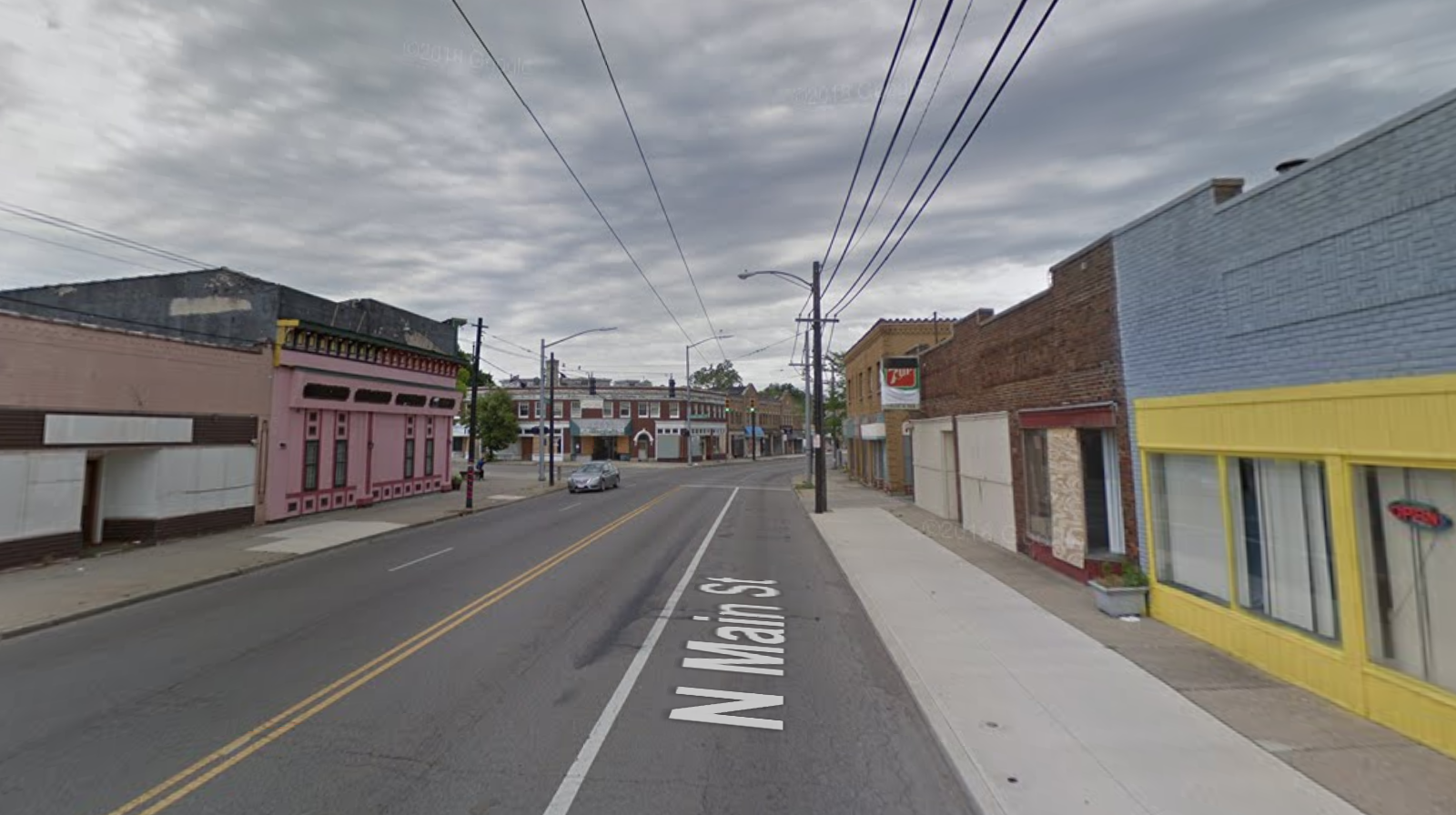
Upper Riverdale had begun to develop in the 1880s with the advent of the electric streetcar and many lavish homes were constructed on North Main. As development continued north, the area took on an identity distinct from the “bedroom community” suburbs in other parts of town that remained solely residential.
Instead, this stretch of North Main would grow into a thriving commercial area that aimed to bring all downtown conveniences directly to Riverdale restaurants.
The district sprung up extremely quickly over the course of just a few years in the middle of the “roaring 20s.” Most of the structures are one and two story brick buildings, with two examples of commercial additions built in front of existing houses.
In 1925 the Dayton Savings and Trust Co built its new Riverdale Branch bank at 1919 North Main. According to The Dayton Herald, the bank was “feeling that the growth of this section warranted the installation of such a convenience.”
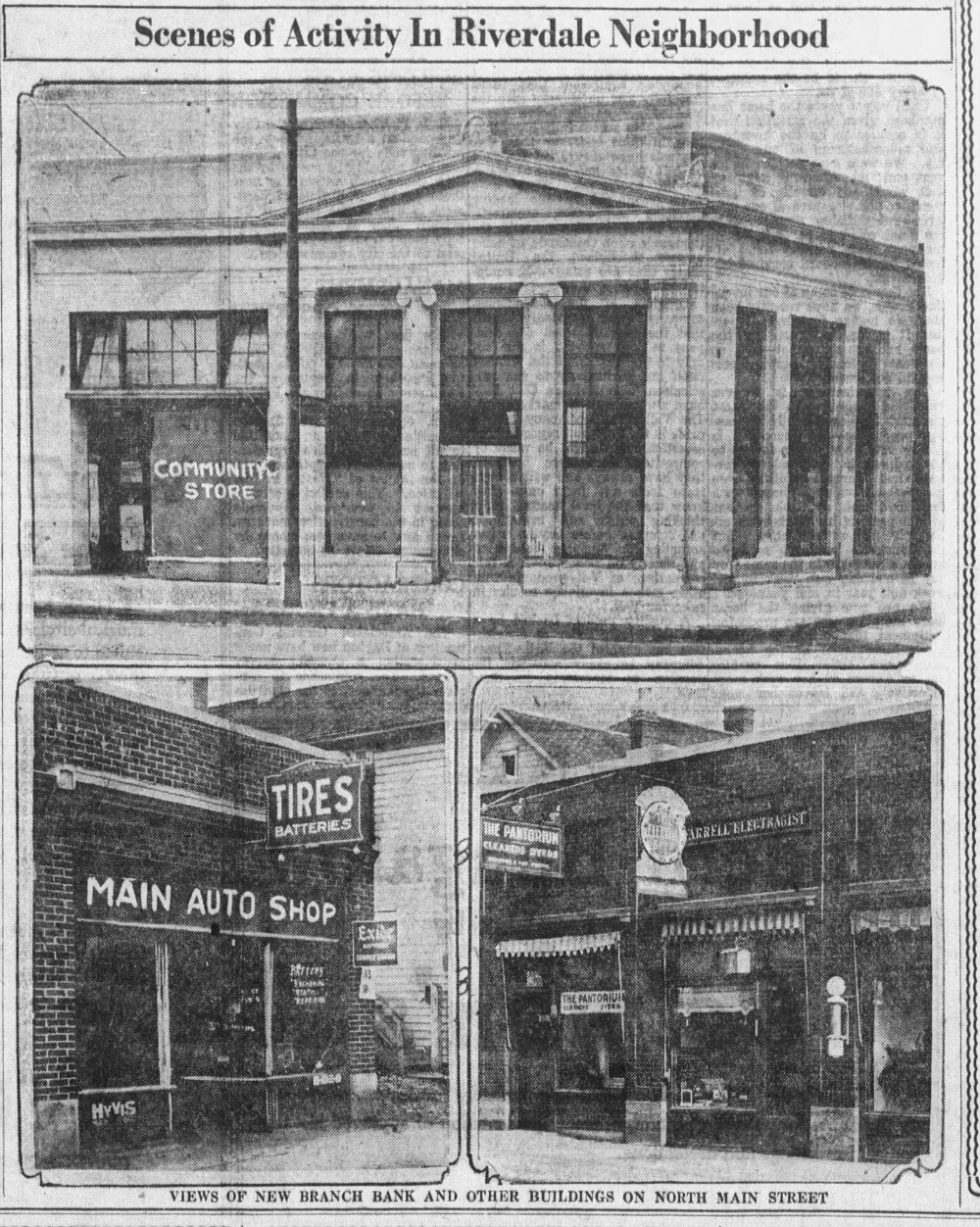
The following year (1926), the Bice Building was built just across the street from the bank, with the brick work was done by William Webbert, noted brick contractor (a William Webbert building also stands on West Third in Wright-Dunbar). C. E. Bice constructed it to lease out to retail tenants, and he landed a big one in 1928 when a Reed-Klopp furniture store run by C. S. Noss moved in to sell its high-quality wares. Today the Steps Creative Center occupies part of the structure.
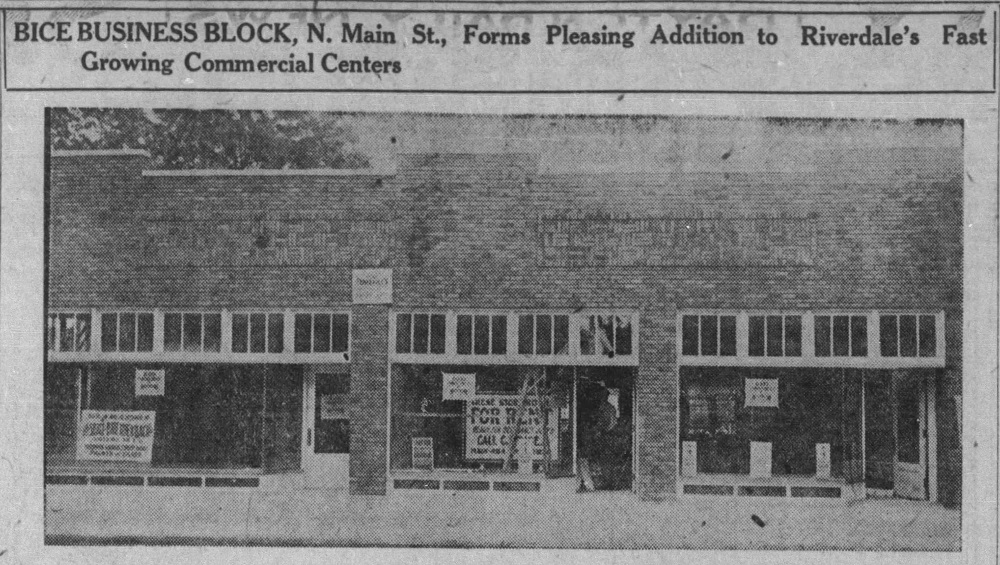
At the same time, the district’s landmark building was also under construction. The Smith Building (1926) is a two-story art deco brick structure that nicely wraps around its corner of Main and Santa Clara and offers five storerooms and apartments above.
Leslie L. Smith, a local real estate broker, began investing in the neighborhood by constructing the single-story commercial structure at the NE corner of Main and Ridge Ave. Smith’s ambitions grew after observing that Dayton’s growth was naturally expanding northward. “People residing in that neighborhood will have every advantage of community life,” Smith said at the time, and a wide variety of retail tenants quickly moved in to his new building.

At the time the Smith Building was the most ambitious structure in the district, but another major building would begin construction right next door the following year. The Federation Realty Company started work on a large, two-story building which would add entertainment to the Riverdale scene, similar to a project it had just done on Xenia Ave. The brick work, stone setting and terra cotta on the structure were done by Carl J. Davis and the building as a whole cost $200,000.
The mixed-use structure included the Riverdale Theater, which seated 1,000 and featured a Page organ, as well as a recreation center including a bowling alley with eight Brunswick lanes and six billiard and pocket tables. Other storefronts were occupied by a shoe dealer, a barber shop, confectioner, and delicatessen.
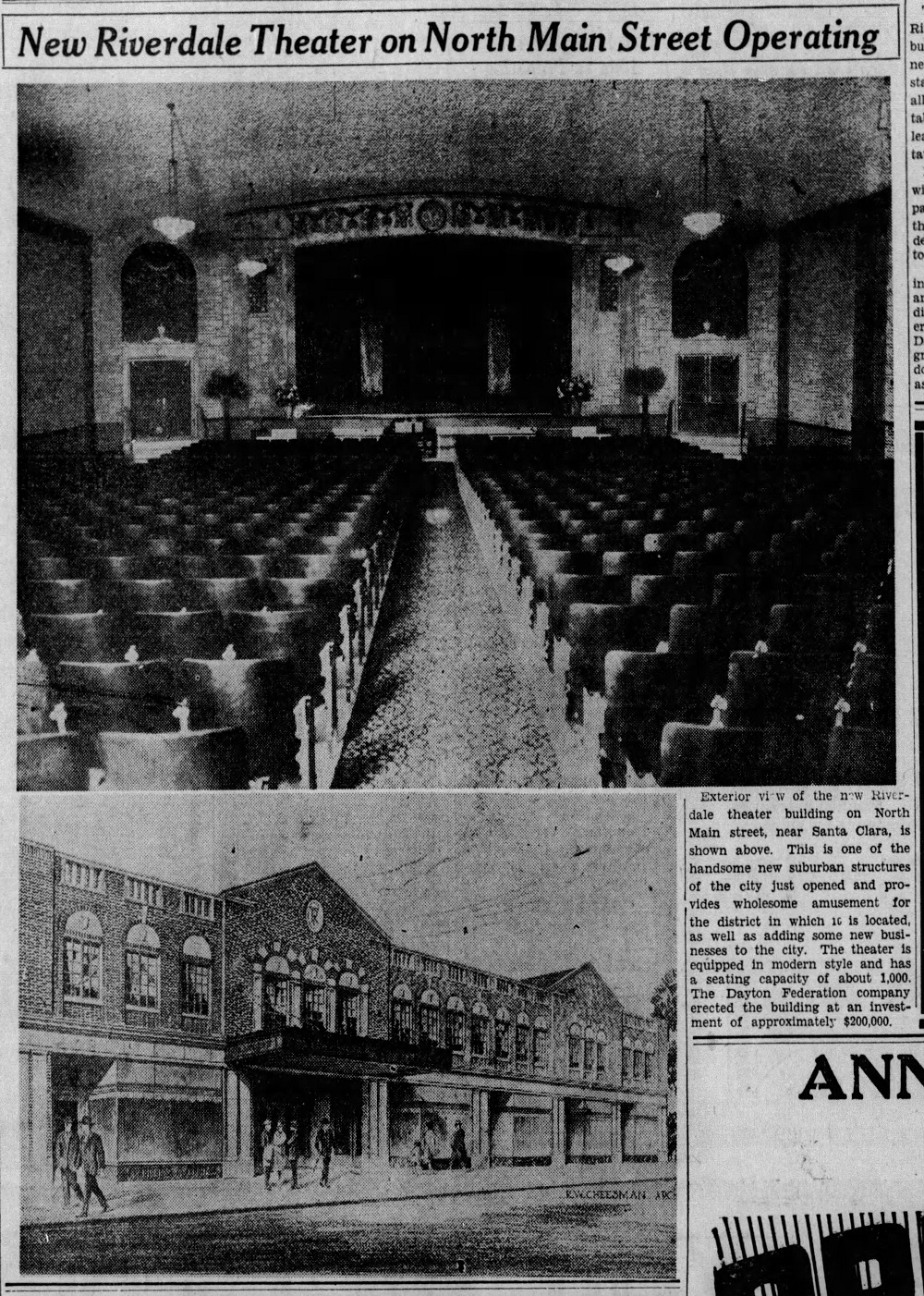
The new building was called an asset “not alone to Riverdale, but to Dayton as a whole, for as the city grows in its component parts so does it expand and become greater as a whole.”
(I believe this sentiment still to be true, only now Dayton needs to work hard to save its “component parts” like this strip before it becomes nothing but a memory.)
Another prominent Daytonian involved with the development of the Santa Clara Business District was Jacob D. Moskowitz, who earlier in life was the founder of the Kossuth Colony for Hungarian workers in Old North Dayton. He bought several lots in the 1900 block of North Main in the 1920s before they had been improved.
The Riverdale bank did not survive the Great Depression, but the building was remodeled into a Liberal Super Market in 1937. The Santa Clara Business District remained a thriving area for shopping and entertainment into the 1950s. This image depicts the theater (later renamed the Dale Theater) as well as Marlyn Jewelers and Gallagher’s Drug Store.
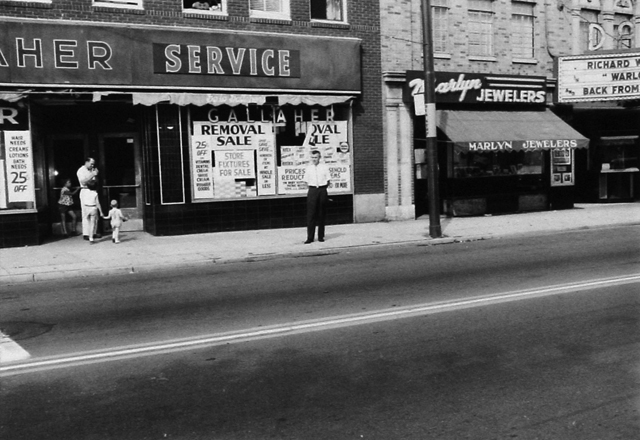
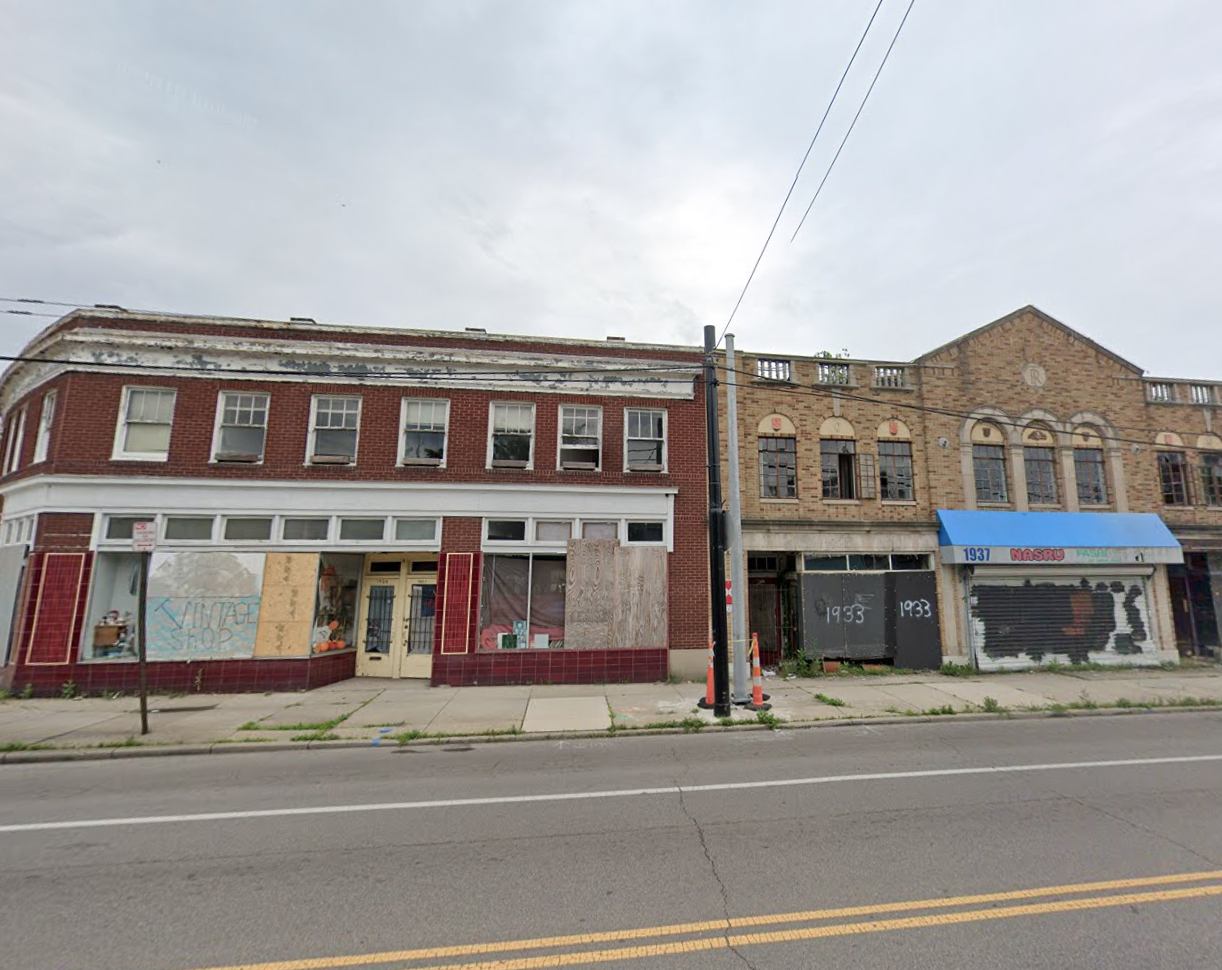
The area suffered from neglect in the latter decades of the 20th century, but as recently as the 1990s this strip was known as the “Santa Clara Arts District” and lined with galleries and eateries. A favorite was the Upper Krust deli (at the location of the former supermarket, 1919 N Main), known for its “Tom Turkey sandwich (and) the choice of beets, chips or apple sauce.”
Although Santa Clara had suffered from divestment and vacancy for decades, the city designated the area a “Town Center” in the early 90s which opened up city resources to help spur development, the same strategy that propped up the Oregon District. But despite gaining momentum at times, the plan didn’t work and most businesses eventually fled. Some relocated to other parts of the city, like Omega Music. More recently nearly all of the buildings were vacant and deteriorating with the district’s future looking grim.
The Santa Clara Juicery opened in 2018 to give new hope to the area, but later closed. Some establishments continue, such as the Sugar’s Lounge bar. Recently there was a developer interested in restoring the Smith Building, but the article also revealed that the former Riverdale Theater building is scheduled for demolition. The developer said that “he would buy that building, too, with a little help from Dayton government.”
Perhaps nomination and support for the Endangered Properties Fund can help make the preservation of this district a reality.

Sources: Dayton Herald, Dayton Daily News, Dayton History Books Online, When Dayton Went to the Movies (Curt Dalton), Urban Ohio, Dayton Most Metro
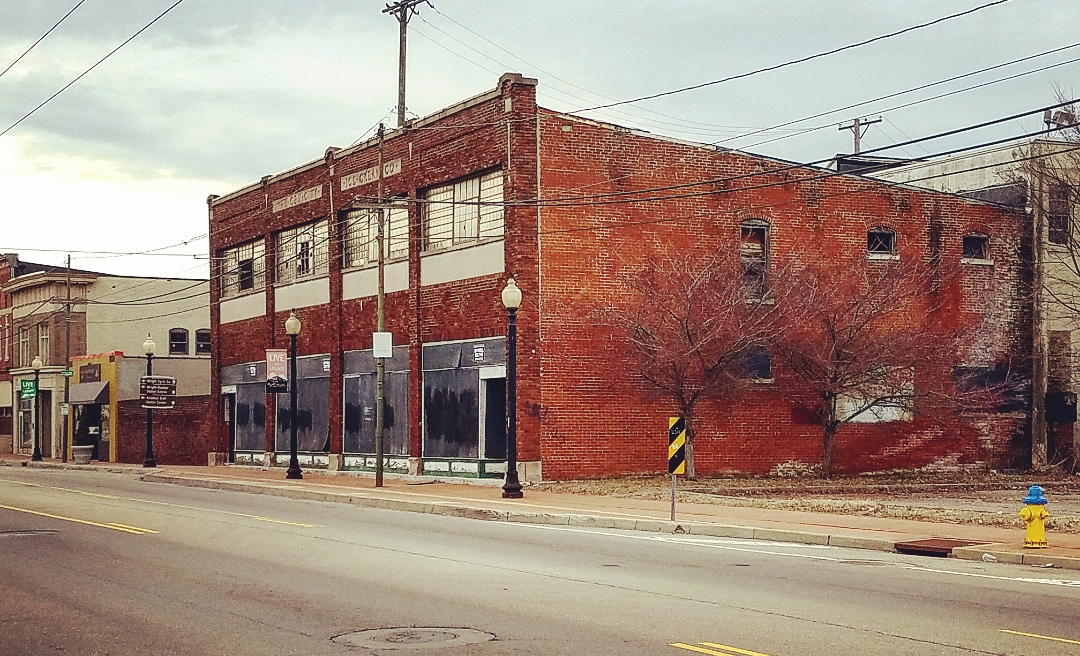
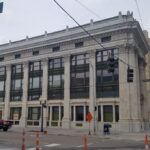
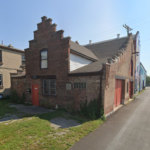
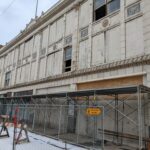
Leave a Reply